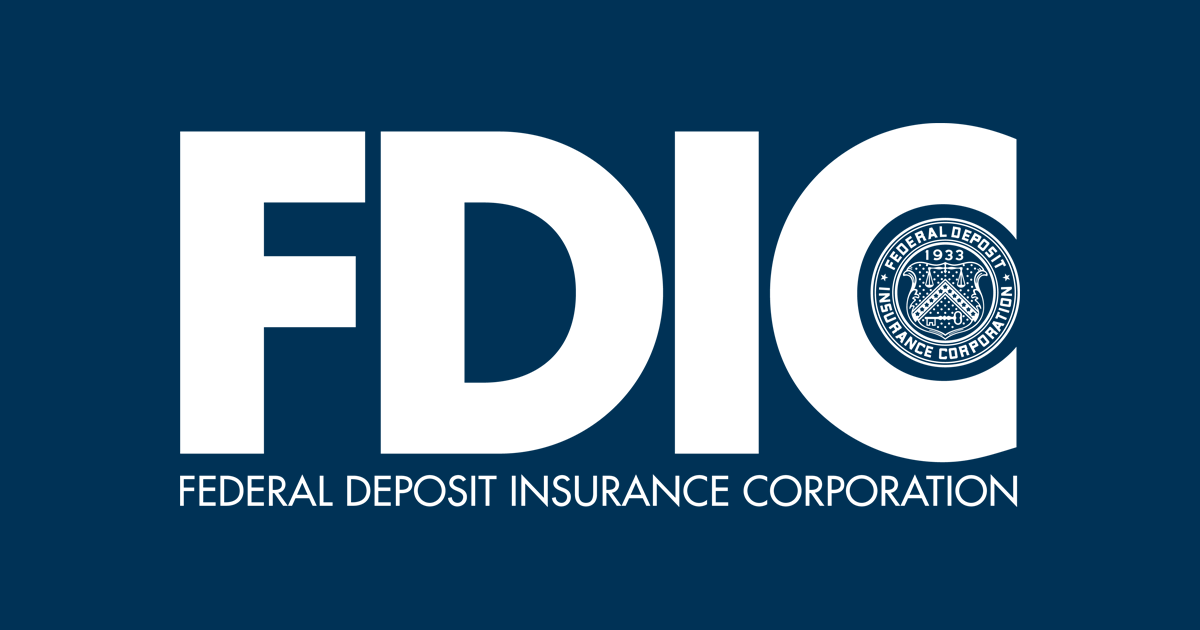When it comes to banking and financial security, one of the most common misconceptions surrounds the FDIC insurance coverage for joint accounts. Many individuals believe that joint accounts are automatically insured up to $500,000, but the reality is far more nuanced. In this article, we’ll demystify the intricacies of FDIC insurance for joint accounts, dispelling the $500,000 myth and providing you with a comprehensive understanding of the actual coverage limits.
The FDIC Insurance Basics
Before diving into the specifics of joint account coverage, let’s establish a foundation by understanding the FDIC (Federal Deposit Insurance Corporation) and its role in protecting your deposits. The FDIC is a government agency that insures deposits in eligible banks and savings associations, safeguarding your money in case of a bank failure.
The FDIC provides coverage of up to $250,000 per depositor, per insured bank, for each account ownership category. This means that if you have multiple accounts at the same bank, your coverage may differ based on the ownership structure of each account.
Joint Account FDIC Insurance: The Reality
Now, let’s address the $500,000 myth. The belief that joint accounts are automatically insured up to $500,000 is a common misconception. The truth is that the FDIC insurance coverage for joint accounts is calculated based on the individual ownership interests of each co-owner, not a fixed amount.
Here’s how it works:
- Each co-owner of a joint account is insured up to $250,000 for their combined interests in all joint accounts at the same insured bank.
- The FDIC assumes that each co-owner has an equal ownership interest unless the bank’s records clearly indicate otherwise.
For example, let’s say you and your spouse have a joint savings account with a balance of $400,000 at ABC Bank. Since there are two co-owners, the FDIC assumes each of you owns 50% of the account, or $200,000. In this case, both you and your spouse are fully insured because your individual interests ($200,000 each) do not exceed the $250,000 limit.
However, if you and your spouse also have a joint certificate of deposit (CD) at the same bank worth $100,000, the calculation becomes more complex. The FDIC will add each co-owner’s interests across all joint accounts at the bank. In this scenario, each co-owner would have a total of $250,000 in insured deposits ($200,000 from the savings account and $50,000 from the CD), leaving $50,000 uninsured for each co-owner.
Multiple Joint Accounts and Co-Owners
The FDIC insurance coverage calculations can become even more intricate when there are multiple joint accounts with varying co-owners at the same insured bank. In such cases, the FDIC will calculate each co-owner’s combined interests across all joint accounts, ensuring that no individual exceeds the $250,000 limit.
For example, if you have a joint account with your spouse and another joint account with your sibling, the FDIC will treat your interests in each account separately when determining your overall coverage.
Exceptions and Special Cases
It’s important to note that there are certain exceptions and special cases when it comes to FDIC insurance for joint accounts. For instance, if one of the co-owners passes away, the FDIC provides a six-month grace period during which the deceased co-owner’s interest is still considered insured. After the grace period, the coverage is based on the actual ownership of the remaining co-owners.
Additionally, joint accounts held by businesses or organizations may have different insurance rules and requirements.
Maximizing Your FDIC Insurance Coverage
To ensure maximum protection for your deposits, it’s essential to understand the FDIC insurance rules and structure your accounts accordingly. Here are some strategies to consider:
- Open accounts at different FDIC-insured banks to increase your overall coverage.
- Utilize different account ownership categories, such as single accounts, joint accounts, revocable trust accounts, and certain retirement accounts, each with its own $250,000 coverage limit.
- Review your account titling and ownership interests regularly to ensure they align with your intended coverage.
- Consult with a financial advisor or banker to help you optimize your FDIC insurance coverage based on your specific circumstances.
The Bottom Line
While the $500,000 myth surrounding joint account FDIC insurance coverage is widespread, the reality is far more nuanced. The FDIC calculates coverage based on each co-owner’s individual interests across all joint accounts at the same insured bank, up to the $250,000 limit per co-owner. By understanding the intricacies of FDIC insurance rules and structuring your accounts accordingly, you can maximize your protection and enjoy peace of mind knowing that your hard-earned savings are safeguarded against potential bank failures.
Is a joint account FDIC insured up to $500000?
FAQ
What are the FDIC limits for joint?
Is the FDIC-insured amount per person or per account?
Does FDIC cover 2 accounts at same bank?
Where do millionaires keep their money if banks only insure 250k?

